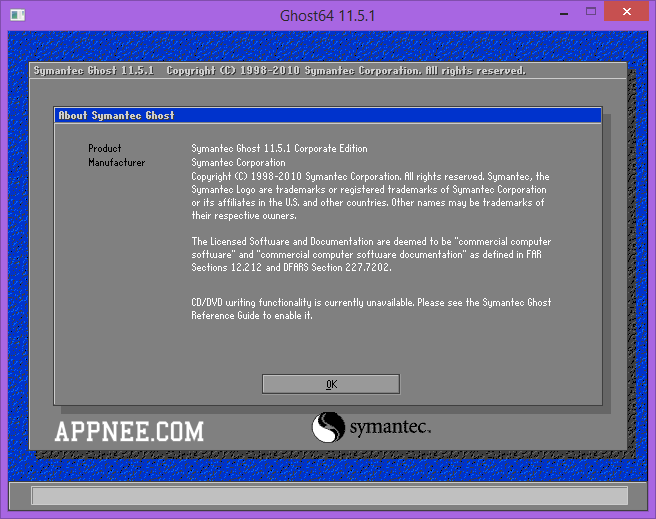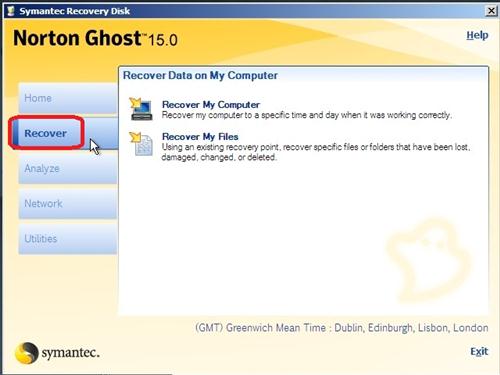

It is full offline installer standalone Norton Ghost 15 setup for 32 bit and 64 bit windows version. The first error message (remove Volme …) i remember from first time,when i try the ghost 10.0 cd without installation ghost before.There i get the same message.Norton Ghost 15 Free Download Setup for Windows. I have try this stick to make bootable with dos (HP usb format tool + win98 bootdisk) and its run.so i think my stick is bootable. Maybe somebody can help me.I think i become crazy.I don´t get run the Ghost USB.Step by Step.Maybe i make something wrong.My System is an WIN XP Home.I have install Ghost 10.0.After Win XP is boot finish,i open the cd-rom drive and put the Ghost 10.0 cd inside and close it.The autrun of the cd starts.i close this startup window.I put the usb stick inside.With “cmd” i start a Dos prompt.Follow i type -diskpart, -list disk, -select disk 2, -clean, -create partition 1, -select partition 1, -active, -assign, -exit -> with xp i don´t have the option “format fs=fat32”.After this i change to workstation to my USB Stick -> reght mouse click -> format -> fat32 (i have also try “ntfs”)Īfter formated i go back to DOS prompt and type xcopy f:\*.*/s/e/f g:\ Now the data copied to the stick.Finish.Īfter reboot i select my USB and get follow message “remove volume -> press a key”.If i have tryed with “ntfs” here i get this message “ntldr is missing -> reboot with strg+alt+entf”

I’m guessing you could do the disk formatting and partitioning outside of the SRD session, but this way makes it possible for those who don’t have any live Windows installs. Thanks to this Symantec forum post for the solution! That’s it! Now, provided you can boot from a USB stick easily enough, you can boot the SRD straight from the USB drive. Now simply copy the contents of the SRD disc over to the USB stick root directory.

select disk #, to select the usb disk (put the number you found in the previous step in place of the # – be absolutely certain you have the right number!).list disk, to find the drive number of your usb stick.Open a command line (under one of the menu options).Insert USB stick (may have to do this before booting SRD, depending on how your machine behaves).Boot the SRD disc on a machine that has an optical drive.But booting OSs from USB drives can be a real pain… Doing it for the SRD, though, is remarkably simple: Short of buying a USB external optical drive, how can this be done? The answer is to load the SRD onto a USB stick and boot from that. That means there’s no way to boot the System Recovery Disk (SRD) except via USB. My dilemma now, though, is that my new Dell Mini 9 doesn’t have an optical drive. It’s saved me countless hours/days of reinstalling Windows OSs.


 0 kommentar(er)
0 kommentar(er)
